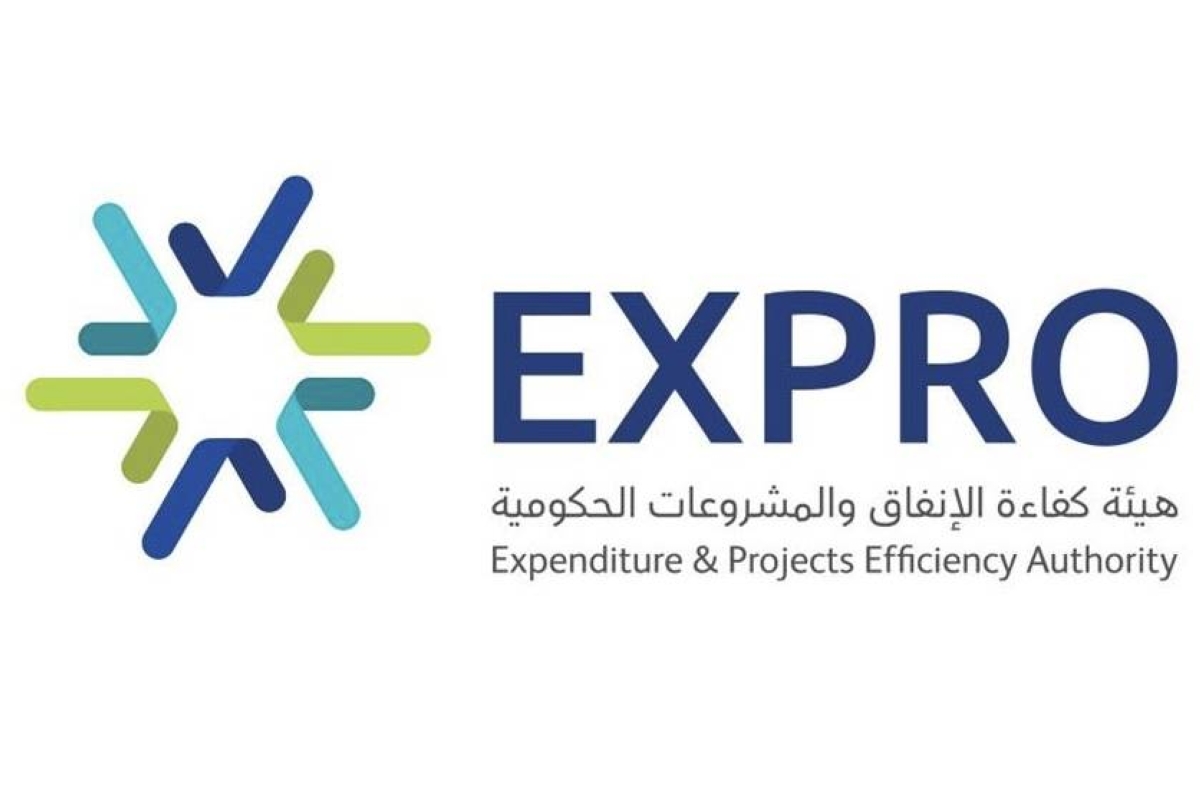The Government Expenditure and Projects Efficiency Authority announced the results of the sixth cycle of the “Pillars of Expenditure Efficiency Sustainability” program, which contributes to achieving the objectives of the Kingdom’s 2030 Vision by enhancing financial sustainability and improving performance efficiency in the government sector through evaluating and improving institutional practices, and supporting government entities in adopting advanced working methods to manage resources efficiently and effectively.
The “Pillars of Expenditure Efficiency Sustainability” program assesses the level of institutional maturity in expenditure efficiency practices across government entities through 7 fundamental pillars including: leadership and strategy, planning and preparation, capacity building, procurement, projects, assets and facilities, and impact measurement.
The results of the latest cycle showed participation from 20 government entities, the organization of 24 individual workshops, in addition to reviewing more than 8,000 documents across 4 evaluation review stages; aiming to elevate entity readiness, ensure implementation of best practices and methodologies, and identify strengths and improvement opportunities to achieve sustainability in expenditure efficiency.
Among the entities that achieved proficient level in practice maturity during the sixth cycle were the Ministry of Transport and Logistics Services, the Ministry of Human Resources and Social Development, and the Royal Commission for Jubail and Yanbu, as a result of commitment to policies, guides, and general methodologies issued by the Authority.
The Ministry of Human Resources and Social Development excelled in the leadership and strategy pillar and the assets and facilities pillar, and capacity building, while the Ministry of Health excelled in the planning and preparation pillar, the Royal Commission for Jubail and Yanbu demonstrated excellence in the procurement pillar, the Ministry of Defense excelled in capacity building, and the Saudi Water Authority and Ministry of Human Resources and Social Development shared excellence in the projects pillar.
The highest improvement rates in the sixth cycle compared to the fifth cycle were achieved by the General Authority of Civil Aviation, the Ministry of Sports, and the Ministry of Health.
The results of the sixth cycle reflect government entities’ commitment to achieving the highest levels of efficiency and quality in performance.
The Pillars of Expenditure Efficiency Sustainability program operates according to a continuous improvement plan that includes developing institutional capabilities, improving planning quality, and implementing accurate and measurable performance indicators that ensure achieving sustainable actual impact on government services.
Work is underway with government entities to adopt a culture of institutional excellence and expand the scope of best practices in resource management, which contributes to consolidating financial sustainability and achieving tangible results that enhance quality of life and services provided to beneficiaries.
Participating entities’ performance in the Pillars of Expenditure Efficiency Sustainability program is evaluated according to an integrated model for measuring institutional maturity levels in expenditure efficiency, using standards and mechanisms approved by the Authority that enable identifying improvement opportunities and directing efforts toward priority areas.






